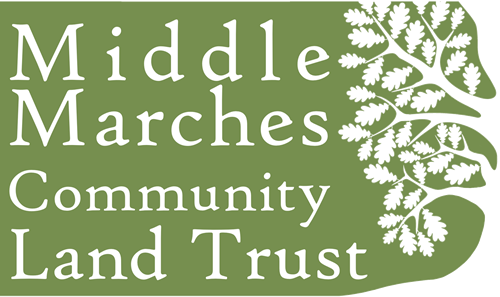Alder Wood
By Rob Rowe (April 2020)
Somehow with each visit the wood expands.
With each crossing and recrossing it divides into more and more parts. The sum of the parts larger than the whole. Synergistic magic.
A fallen log becomes a fungal world. A dead standing alder, home to woodpeckers. Pollen covered goat willow alive with the sound of bumblebees and flitting of blue tits.
A small wet woodland on a gentle south facing slope. Mainly alder with a few ash and one or two wych elm, oak, crab apple, field maple and goat willow with a sparse understory of hazel, blackthorn and hawthorn. It is watered in places by a small seasonal stream.
Large humps and bumps are testimony to its past use as a scramble bike track.
That disturbance and heavy sheep grazing over decades have given rise to large amounts of stinging nettles and areas of bare soil. But despite that there is still good evidence of the ancient woodland flora, although not in great quantity. With sympathetic management hopefully these plants will in time increase.
Bluebells can remain in quantity for years and are doing fairly well. One clump of wood anemones lives up to its name of windflower trembling in the cold north easterly wind. The early dog violet gives way to the much more frequent common dog violet. Yellow archangel, enchanters nightshade, pignut, wood speedwell, wood sedge. Some flowering, some leafing. All indicators of an ancient woodland site.
In the small boggy areas marsh marigold shines bright along with golden saxifrage, common valerian, meadowsweet and some withered old stems of giant horsetail, quite an unusual plant in this area.
The long-tailed tit is dwarfed by the feather that it is carrying which is more than its own length. Presumably it is from a dead female pheasant whose feathers are scattered around. I try to follow its path into the bushes but its nest must be deep in the blackthorn scrub. They build amazing bottle-shaped nests and use a lot of feathers to line it.
Seven pied wagtails feed on the emerging pond side mud and about a dozen transitory meadow pipits patrol the small islands. Then in the willow pollard a pair of reed buntings. That’s a first for here.
Two herons flying low up the valley turn toward me and glide down towards the pool where I am lying hidden flat on the bank looking at plant seedlings and I know they haven’t seen me.
Then suddenly about fifty yards away they do.
Herons are strange ungainly pterodactyl-like flyers at the best of times but to see one brake to a mid-air halt and turn round is just hilarious. All neck and legs its like a bag of sticks being shaken around.
Dignity restored, they fly on down the valley.
